Ms. Dhu was a 22-year-old Yamatji woman who died in custody in the South Hedland Police Station in August 2014.
Arrested for unpaid fines,vintage eroticism in films tubes she was already suffering from pneumonia and septicaemia caused by a broken rib, inflicted by her partner some months earlier. She became very ill overnight and died.
The 2015 coronial inquest into her death heard that police officers had believed that Ms. Dhu was "faking." At the inquest, footage was shown, reportedly revealing that police treated her roughly. Her family has asked that the CCTV footage of Ms. Dhu's final, agonising hours of life be released. So far, the coroner has refused this request.
For her family, the grief of seeing their girl die is outweighed by the need to demonstrate the injustice of how she died. An internal police investigation into Ms. Dhu's case found that 11 police officers failed to comply with police procedures, but none were fired or suspended.
It is time that authorities listened to the Aboriginal people most closely concerned, and agreed to release this footage.
 Original image has been replaced. Credit: Mashable
Original image has been replaced. Credit: Mashable Ms. Dhu's family’s demand to make her treatment in prison public echoes the argument of many visual theorists today: if others are forced to undergo suffering and pain, surely the privileged observer has a moral duty to witness, acknowledge and respond to what they see?
But even more than this obligation to witness injustice, today photographic evidence has come to stand as proof.
Critic Susan Sontag famously argued that "without photographs, there is no war" -- meaning that we need to see distant events to be convinced of their reality. There is no doubt that such images have tremendous power, serving as witness to atrocity, heartbreak and injustice. Following WWII in particular, the horrors of war were effectively conveyed via photography -- with the revelation of the treatment of Jews in concentration camps such as Buchenwald in April 1945 shocking the world.
However, such images are not straightforward in their effects. In Australia, as many Aboriginal people have argued, such imagery may disempower their subjects, showing them as abject, distant or less-than-human. For example, one of the most effective critiques of Aboriginal treatment during the 1950s was a film, Their Darkest Hour(1957), made by West Australian MP William Grayden about Ngaanyatjarra people in the Warburton Ranges area, on the south-eastern fringe of the Gibson Desert.
Visual symbols such as the 1972 Tent Embassy, a stroke of media genius, could not be denied.
This film included graphic, shocking imagery of ill and malnourished Aboriginal people. It successfully mobilised public concern across Australia and overseas well into the 1960s, contributing to a growing international concern about racial discrimination.
Specifically, it is credited with fuelling a wave of public support for the Aboriginal rights movement. This eventually led to the successful 1967 referendum to empower the Commonwealth in Aboriginal affairs. Yet, today, its subjects and their relatives resent the film's shameful exposure of their lives and question the benefits that have ensued for them personally.
Aboriginal people now demand control over their own representation, using photography to assert a strong identity. They demand change on the basis of rights, rather than pity, with its overtones of patronage and condescension.
The Bicentennial was a turning point that forced the nation to acknowledge Indigenous dissent, as protests and marches literally demonstrated their demands. Visual symbols such as the 1972 Tent Embassy, a stroke of media genius, could not be denied.
Last week, Queensland Aboriginal man Noel Pearson tapped into this history of imagining Aboriginal suffering, in accusing the ABC of "racism." Pearson suggested that the ABC needs:
blacks to remain alienated from mothers’ bosoms, incarcerated in legions, leading short lives of grief and tribulation – because if it were not so, against whom could they direct their soft bigotry of low expectations?
But many advances in the status of Aboriginal Australians have been prompted by revealing atrocious conditions and ill-treatment. Most recently, the ABC's Four Corners revelation of a pattern of abuse, deprivation and punishment of vulnerable children within the Don Dale youth detention centre aroused intense public sentiment, prompting an inquiry into juvenile detention in the Northern Territory.
While we cannot – yet – see the CCTV footage of Ms. Dhu's treatment in custody, her family and supporters have tried to keep her presence alive in the city of Perth through clever use of light graffiti.
Since 2015, they have been projecting night-time images of her face onto skyscrapers to assert her continuing memory and visibility. These storeys-high portraits of Ms. Dhu and her family disrupt the urban landscape.
We believe that authorities must listen to her family and release the footage of Ms. Dhu's final hours. In revealing to all the injustice she suffered, her family hope that this graphic proof will arouse public opinion so that finally some good may come from her tragic death.
 Harrison Ford isn't a fan of the Trump administration's climate agenda
Harrison Ford isn't a fan of the Trump administration's climate agenda
 The Driftwood Remains: My Search for A Bankable Title by Shalom Auslander
The Driftwood Remains: My Search for A Bankable Title by Shalom Auslander
 Congratulations to Jesmyn Ward by The Paris Review
Congratulations to Jesmyn Ward by The Paris Review
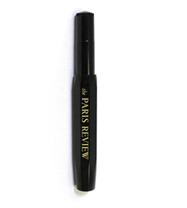 The Paris Review Sport Pen! by Sadie Stein
The Paris Review Sport Pen! by Sadie Stein
 'The Last of Us' Season 2, episode 5: The spores are here!
'The Last of Us' Season 2, episode 5: The spores are here!
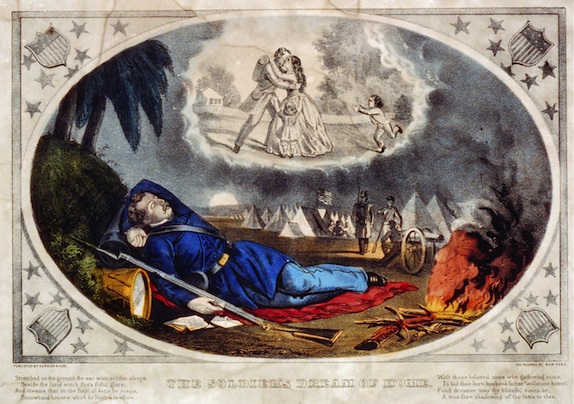 On Homesickness by Francesca Mari
On Homesickness by Francesca Mari
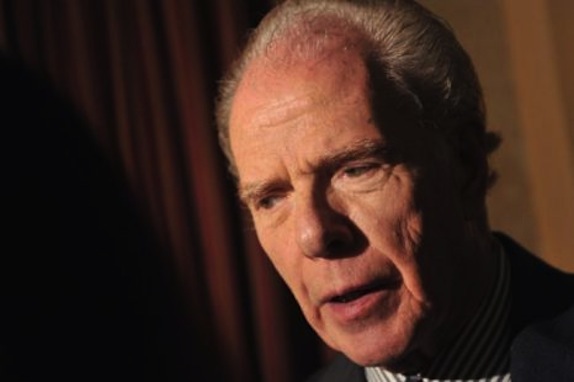 William Kennedy on ‘Chango’s Beads and Two
William Kennedy on ‘Chango’s Beads and Two
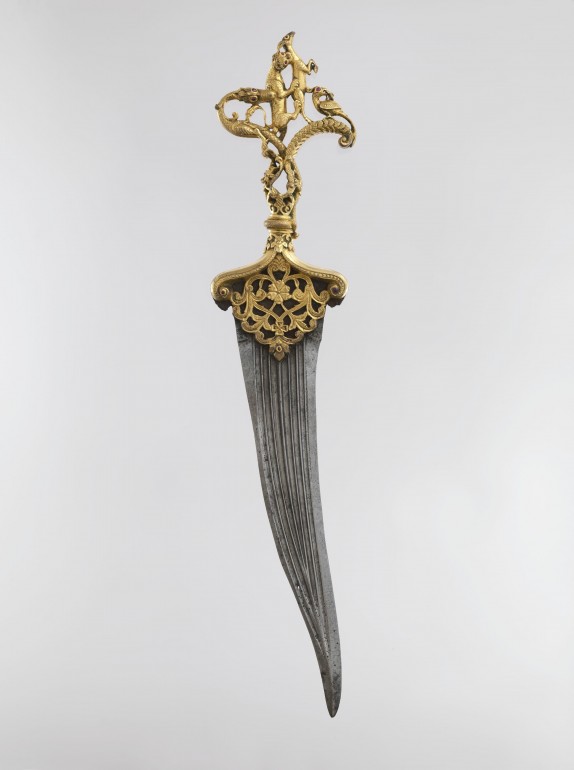 Islamic Art at the Met by Robyn Creswell
Islamic Art at the Met by Robyn Creswell
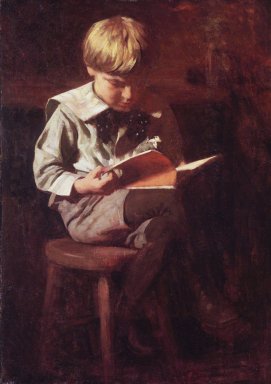 Cycling; Second
Cycling; Second
 Tesla used car prices are cratering
Tesla used car prices are cratering
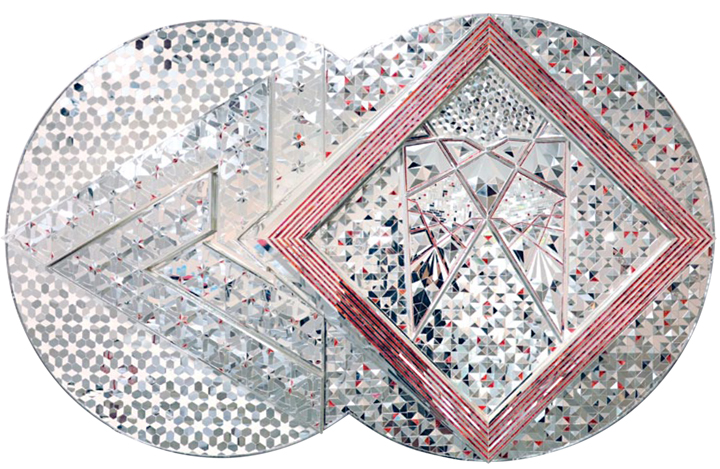 Cosmic Geometry by Lauren O'Neill
Cosmic Geometry by Lauren O'Neill
 A Week in Culture: Sadie Stein, Editor by Sadie Stein
A Week in Culture: Sadie Stein, Editor by Sadie Stein
 St. Mark’s Saved by Lorin Stein
St. Mark’s Saved by Lorin Stein
 'Severance' Season 3 gets confirmed by Apple
'Severance' Season 3 gets confirmed by Apple
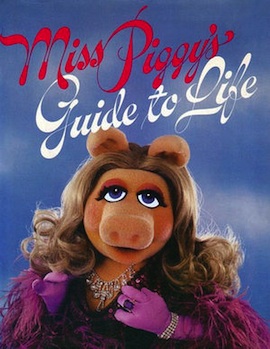 Miss Piggy, Literary Icon by Emma Straub
Miss Piggy, Literary Icon by Emma Straub
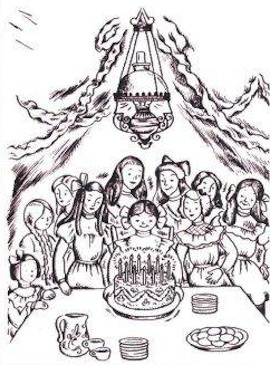 Staff Picks: ‘Betsy
Staff Picks: ‘Betsy
 Staff Picks: ‘Desire,’ Tim Tebow by The Paris Review
Staff Picks: ‘Desire,’ Tim Tebow by The Paris Review
 Here are the glorious proposed logos for Donald Trump's Space Force
Here are the glorious proposed logos for Donald Trump's Space Force
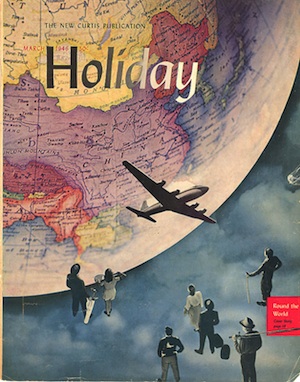 On ‘Holiday’ by Josh Lieberman
On ‘Holiday’ by Josh Lieberman
Los Angeles Lakers vs. LA Clippers 2025 livestream: Watch NBA onlineNYT mini crossword answers for January 17, 2025NYT mini crossword answers for January 18, 2025Explainer: Age'Silo' Season 2's twisty ending, explainedBest laptop deal: Save $250 on the Apple MacBook Air M3 15How tech billionaires learned to love TrumpBest TCL QLED TV deal: Save $500 on this 85NYT Strands hints, answers for January 19Inter Miami vs. Club America 2025 livestream: How to watch for freeTikTok's CEO might attend Trump's inaugurationApple Mac mini desktop deal: $300 off at Best BuyTikTok CEO lavishes Trump with praise after Supreme Court upholds the banExplainer: AgePhoenix Suns vs. Detroit Pistons 2025 livestream: Watch NBA onlineChiefs vs. Texans 2025 livestream: Watch NFL Playoffs for freeTikTok ban: VPN not working for many in US as they attempt to bypass banBest TCL QLED TV deal: Save $3,000 on 98Oklahoma City Thunder vs. Dallas Mavericks 2025 livestream: Watch NBA onlineDallas Mavericks vs. Charlotte Hornets 2025 livestream: Watch NBA online Twitter tests feature that limits who can respond to tweets A beer app is the latest privacy thorn in the U.S. military's side Pedro Pascal shouts out the stuntmen who helped create his Mandalorian ACLU warns that 'no replies' on Twitter could violate the constitution Le Mans 24 embraces esports for its 88th annual race on June 13 Here's how Ed Helms and Rashida Jones joined 'The Office' Hulu is rolling out a big app redesign inspired by Disney+ 'Apple Glass' could start at $499 with support for prescription lenses Twitter goes nuts over Trump's 'nut job' comment Mark Zuckerberg says he doesn't want misinformation 'going viral' Coronavirus and the power of playing games Tesla’s FSD is getting pricier, but Musk says it be might be worth 15 times more This designer uses Pantone swatches in the coolest way Maria Bamford spent a commencement speech teaching grads how to actually make money 'Star Trek: Strange New Worlds' is about the only captain that predates Kirk How to use Nextdoor, Facebook, Slack to help neighbors amid coronavirus Now is the time to ditch single people's most hated question Sphero goes from Star Wars toymaker to making robots for the military It's possible to make Instagram an empowering place Net neutrality is a pivotal moment in a broader movement for a healthy internet
3.2714s , 10194.1328125 kb
Copyright © 2025 Powered by 【vintage eroticism in films tubes】,Creation Information Network